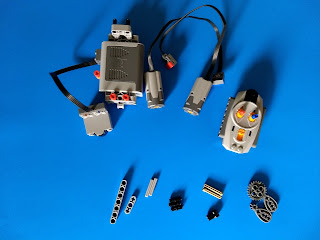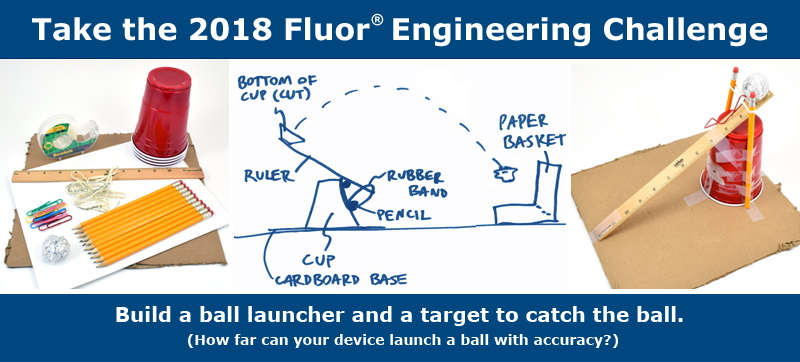This is a project I do almost every year because the students have
so much fun.
The premise of the project is
that there is a competition, sponsored by the premiere roller coaster company E2,
Extreme Experience, to see which team can build the greatest roller coaster for
E2’s next project.
The rules of the project are:
The rules of the project are:
- The roller coaster must have at least one loop.
- The ride should be thrilling (extra points for speed).
The tree different marbles represent three different types of
roller coaster cars – empty (wooden), half-full (glass marble) and full (metal
ball bearing).
The roller coaster design must support all three types of cars.
After a run, all three types of marbles must fall/fly into a target cup. Rolling into a cup on the ground does not count.
List of Supplies:
¾” diameter piping insulation (can be purchased from any hardware
store)
½” diameter ball bearing, metal
½” wooden marble
½” glass marble
Plastic cups
Adhesive tape
Anything else you have on-hand to build a support structure
First build. This was extremely accurate roller coaster.
Second build for the team that executed the roller coaster above. A team must have two loops after they complete their initial run, and this was an ambition design.
This team used the existing space very, very well.
This team put in two loops to start.
A very interesting use of a classroom furniture.
Another example of students being very creative.
An innovative support structure.

























